THE ALPACA UPSIDE
In these times when traditional farming is under severe pressure, alpacas offer a viable alternative agricultural enterprise within an exclusive niche market.

The alpaca is a hardy animal and an extremely efficient grazer. As such it can maximize the use of small acres of otherwise unproductive pasture. Apart from a handful of feed per day for pregnant females and growing cria they will survive quite happily on good pasture at a stocking rate of five to eight animals per acre.
The alpaca produces a bright , sumptuous fine fleece from 14 microns upwards, with a smooth, velvety handle. Alpaca fleece is warmer and lighter than wool, but stronger and far more durable.
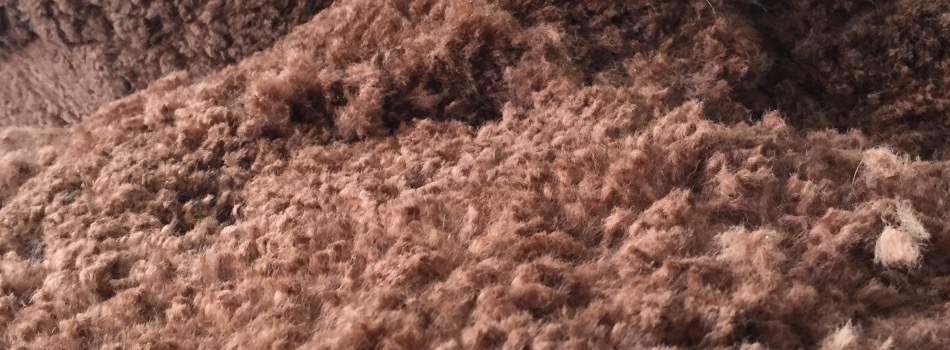
The alpaca produces a top quality exclusive luxury fibre, which has the fineness of cashmere, but is more hard wearing and in short supply within the textile industry. As such it's a high value fibre which commands a premium.
The alpaca produces a very fine unique fleece in a multitude of natural colours. There are 12 officially recognised natural colour bands between black and white and a myriad of variant shades in each category. Not only does this make for a very interesting herd of animals in your pasture but it has great appeal in this modern age when there is a demand for natural products.
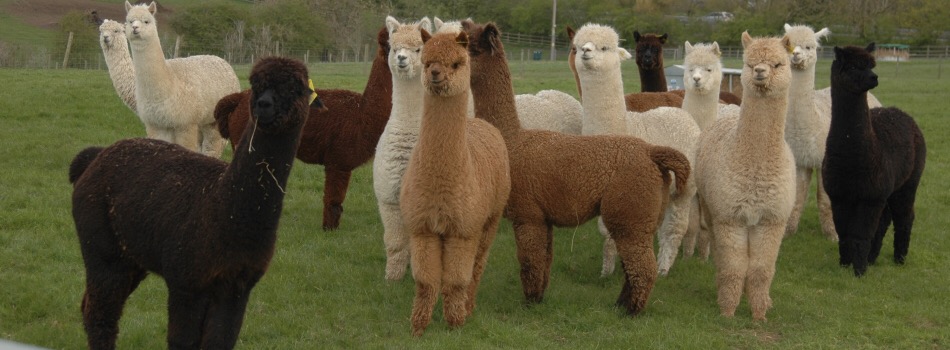
The alpaca is a very self reliant animal which does not need dipping, dagging or all the other nasties associated with traditional livestock. Alpacas need biannual vaccinations and worming. Their toe nails are manicured about every three months. Apart from that and the usual care and attention afforded all livestock, alpacas are pretty adept at looking after themselves.
The alpaca normally gives birth during daylight hours, berfore 3.30 in the afternoon, which is a real bonus that is the envy of most sheep farmers.
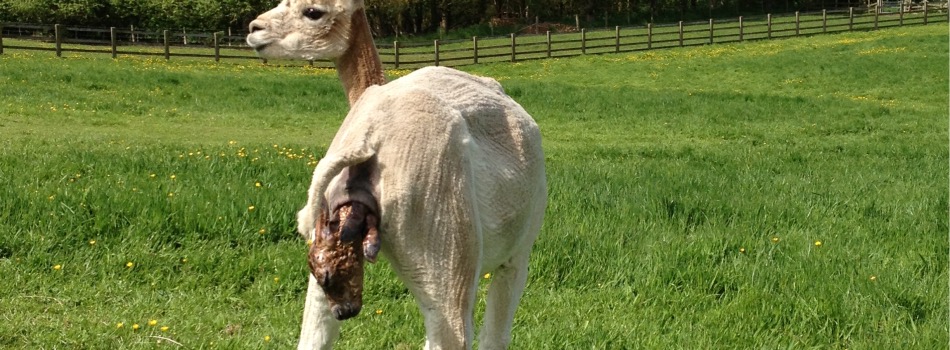
The alpaca is a charming and very intelligent animal, which has been domesticated for over 6,000 years. They can quite easily be trained to walk on a head collar and lead-rein and are a placid quiet animal that is relatively easy to manage.
The alpaca lends itself to family interest. Its natural charm and the fact it is not bred for the table means that children and the more sensitive adults can get involved without feeling guilty. When you commit to alpacas you invest in a lifestyle.
The alpaca has great appeal to those people afflicted with small amounts of pasture who have passed, or if lucky bypassed, the horsey stage and would like to reverse the norm and see a viable return on their paddocks.
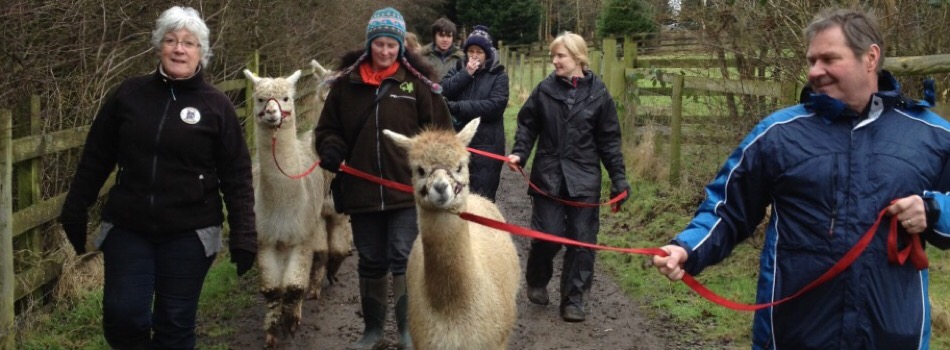
The alpaca is a gentle animal but is not timid and will confront any predator which threatens the herd. Male wethers are often sold to sheep farmers as guard animals to protect their herds from predators.
The alpaca being a member of the Camelid family has a soft padded foot like a camel and although it kicks it's hind legs to protect itself if threatened the footfall is soft and does not cause real damage.
The alpaca is very gentle on pasture because of its soft padded feet and it does not suffer any foot-rot in damp conditions.
The alpaca is a tidy animal in that they all use the same dung heap for defecation and urination creating neat piles around a paddock which make for easy cleaning. Alpaca dung is also a little treasure, my flowerbeds have never looked so good.
The alpaca travels easily without the need for special equipment, any serviceable livestock or horse trailer will do. The animals tend to sit immobile throughout their journey but it is vital that the trailer is large to allow the animals to stand if they so wish.
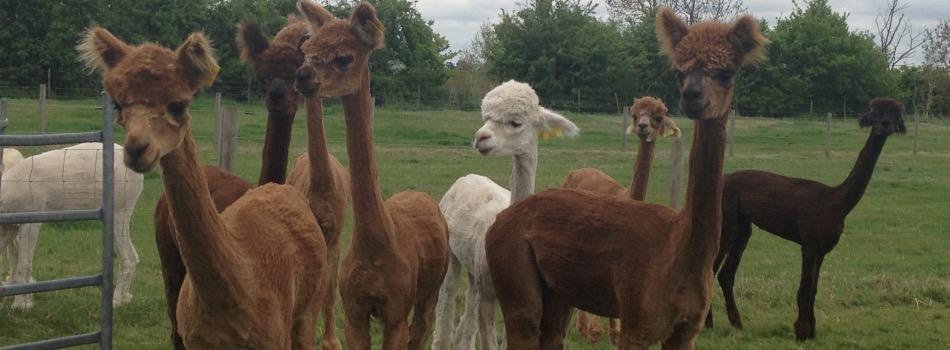
The alpaca industry is relatively new to the UK. Although there have been substantial herds in the UK for the past twenty years as a viable fibre producing industry it is still in it's infancy. Alpaca herds are now being established in all the European countries and beyond.
As such, it is assumed the breeding stock, which is being constantly improved by selective mating, will maintain it's value for many years to come as the industry gathers momentum.
Alpaca breeders throuhgout the world are busliy promoting alpaca via every media and means available. In doing so they are creating a demand for this luxury fibre that can never be satisfied by current world population of alpaca. One can only see long term benefit and upside all round in breeding top quality alpacas and growing a fibre that is so exclusive.